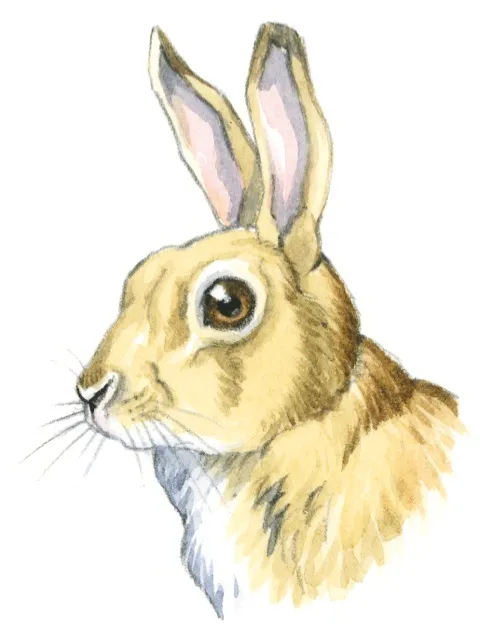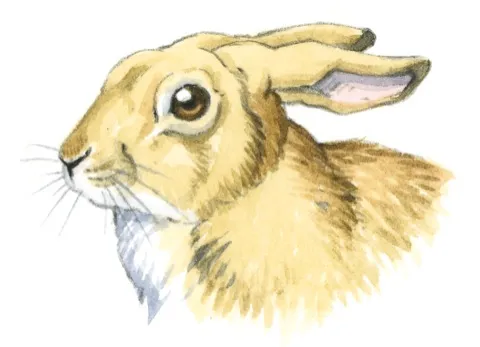Rabbits often live in large colonies containing a number of social groups.Each of these consists of up to three bucks (males) and five does (females), and has its own territory.

There is a dominance hierarchy among males and females, and both sexes are very aggressive towards lower-ranking members.
Looking at a rabbit's ears

A rabbit’s ears are the best indicators of its disposition.
Erect and facing forward shows that the animal is not feeling aggressive; turning them outwards indicates increasing tension, while turned backwards means it’s annoyed.
If the rabbit lays its ears flat and crouches, then it’s preparing to attack. One ear up and the other down is a sign of indecision.

A rabbit that turns its back is indicating that the encounter is over, and one that walks away is being dismissive.
Other behaviour to look out for is an animal flicking its back feet, which shows irritation, while thumping its back legs during an encounter means that it is angry.

Do rabbits have dominant individuals?
If you’re watching a group of rabbits, you should be able to tell which is the dominant male – he’s the one who is constantly patrolling his territory.
You’ll also notice that subordinates tend to move away when he approaches.
Dominant males from adjacent social groups within one colony maintain their territories by parallel running along the boundary and scraping the ground.
They also mark sticks and other conspicuous objects with the gland under their chin.
Males may squirt urine on challengers but more usually attack them, kicking at the belly with their powerful hind legs, scratching with their front paws and biting.
Will female rabbits fight each other?
Females also fight each other over access to breeding sites.
They are also very aggressive towards youngsters, particularly juvenile females.
Main image: Two wild baby bunny rabbits during late spring. © Fiona McAllister Photography/Getty
All illustrations by Federico Gemma.